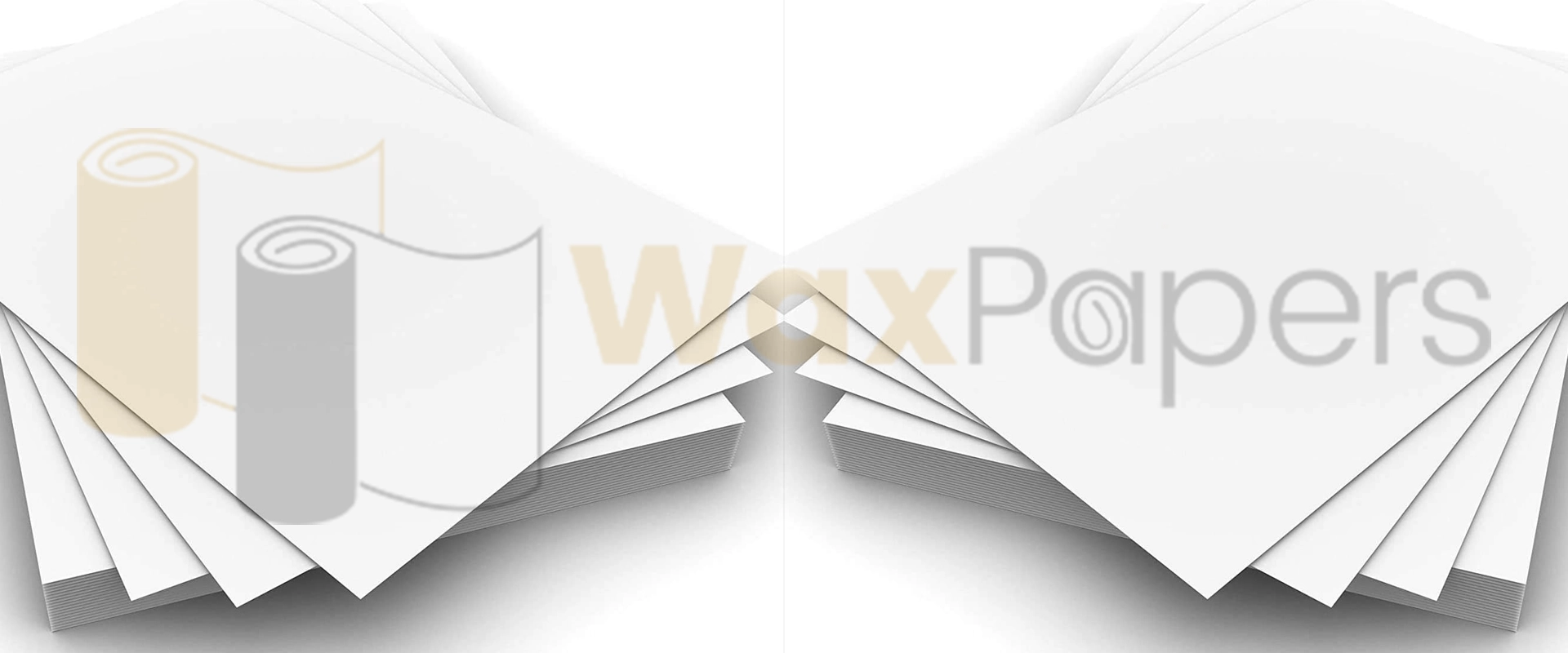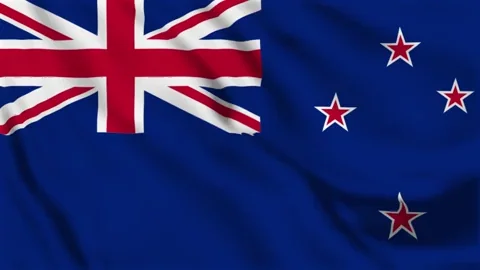
What Is GSM Paper And Why It Is Important?
June 4, 2025 Explore Blogs
Waxpapers has been serving businesses for years and making sure that they get the best from us. Therefore, whatever product we manufacture comes to you after a lot of research. We not only provide custom papers but also print placemats and napkins. One question that we have been encountering is “What is GSM?” Considering the repetitive questions from the buyers, we are finally addressing the issue with a detailed guide on “What is GSM paper?” So, without delay, let’s read the blog and understand it thoroughly.
What Is a GSM Paper?
GSM stands for grams per square meter, and it is a unit used to measure the weight of plain or paper and fabric. For paper, it indicates how thick or heavy a sheet of paper is. The higher the GSM, the thicker the paper, such as used in business cards, and the lower the GSM, the thinner the paper, such as used in newsprint papers. While for fabric, it shows how heavy or dense the fabric is. Higher GSM of fabric means a denser and warmer fabric, and lower fabric GSM means a lighter, airier fabric. We can simply say that 1 GSM means 1 square meter of material weighs in grams.
Sometimes, GSM is used to measure printer paper thickness, but this is a wrong practice because GSM is used for weight and not for the thickness of a material. However, with its help, we can determine the thickness of the material. Material with high GSM will also be thicker and more durable.
GSM Ranges For Fabric
| GSM Range | Fabric Weight | Use Case |
| 30-80 | Lightweight |
|
| 90-150 | Medium weight |
|
| 160-300 | Heavyweight |
|
| 300+ | Very heavy |
|
GSM Ranges For Paper
| GSM Range | Paper Type | Use Case |
| 35-55 | Very thin paper |
|
| 70-90 | Standard paper |
|
| 100-120 | Medium-weight paper |
|
| 130-170 | Heavy paper |
|
| 200+ | Cardstock |
|
Understanding the concept of GSM is essential to know what the best option is for you. This is because GSM significantly impacts the print quality. So let’s take the example of tissue and understand it. For this, let’s first know how to convert GSM to pounds.

Why Pound To GSM Conversion Matters?
As we were taking the example of tissue paper, first we have to learn how to convert GSM to lb. This is necessary because in Canada, both Metric and Imperial units are used. However, officially, Canada uses the metric system, and GSM is a standard in packaging. Nonetheless, due to close trade with the USA, many printers and designers, along with some suppliers, still use pounds (lb). For instance, if you need 270 GSM for your printer paper thickness, you need to convert it into 100 lb because the dealer may be working in the USA’s units. Aside from this, many suppliers and printers serve both the USA and Canadian clients. Aside from this, some mills use lb, and some use GSM. So it is better to understand both to ensure clear communication and to help avoid costly errors.
You can use the following formula and table for conversion.
GSM to Pounds (lb) Conversion Formula
Formula:
lb = gsm × conversion factor
Pounds to GSM Conversion Formula
Formula:
gsm = lb ÷ conversion factor
Conversion Factors by Paper Type
| Paper Type | GSM → lb Factor | lb → GSM Factor |
| Bond | 0.375 | 2.667 |
| Text | 0.268 | 3.733 |
| Cover | 0.578 | 1.73 |
| Index | 0.464 | 2.155 |
| Bristol | 0.573 | 1.745 |
How GSM Affects Printing Results
Aside from being useful in trading, an understanding of GSM is also essential for the quality of custom tissue printing. The GSM of the paper plays a major role in deciding how well the paper will perform during a specific printing process. Let’s see how it does so:
Higher GSM Paper (130–350 GSM)
If you use paper with a higher GSM, ink absorption is better and more evenly distributed. This helps produce accurate and vibrant colors. It is ideal for double-sided printing and intricate design because there are fewer chances of bleeding. A paper with high GSM shows high-resolution artwork and typography.
Lower GSM Paper (17–90 GSM)
If you are using a translucent sheet, then it is a great option for subtle branding of your product. Aside from this, if you need simple and single-color designs, then again, paper with lower GSM is an ideal option. It is also economical and can be used for bulk inner packaging and custom tissue paper.
Durability Vs Aesthetic Trade-Off
When selecting the right GSM for your custom packaging or products, you’re not just choosing thickness—you’re balancing functionality and visual appeal. The right GSM can help you express your brand’s personality while also ensuring your packaging performs its job.
When selecting the right GSM for your custom paper or fabric, you are not just selecting thickness but also balancing functionality and visual appeal. By selecting the right GSM, you express your brand personality in an effective way and ensure that the purpose of the packaging is fulfilled.
| GSM Range | Durability | Aesthetic / Finish | Best For |
| 17–28 GSM (Paper) | Low |
|
|
| 90–120 GSM | Moderate |
|
|
| 250–350 GSM | High |
|
|
| 248 GSM (Fabric) | High |
|
|
Conclusion!
When it comes to comparing the quality and thickness of paper or fabric, the role of GSM is quite pronounced. This is a basic unit that determines the quality and sturdiness of material. Understanding this unit and its conversion into pounds is vital for trading and avoiding major losses. If you are looking for the best quality custom printed paper, then you can contact Waxpapers Canada and order one of the finest quality options for your needs. We know how to serve customers who prefer different units of paper weight so that they can enjoy the most premium experience and perfect quality.


